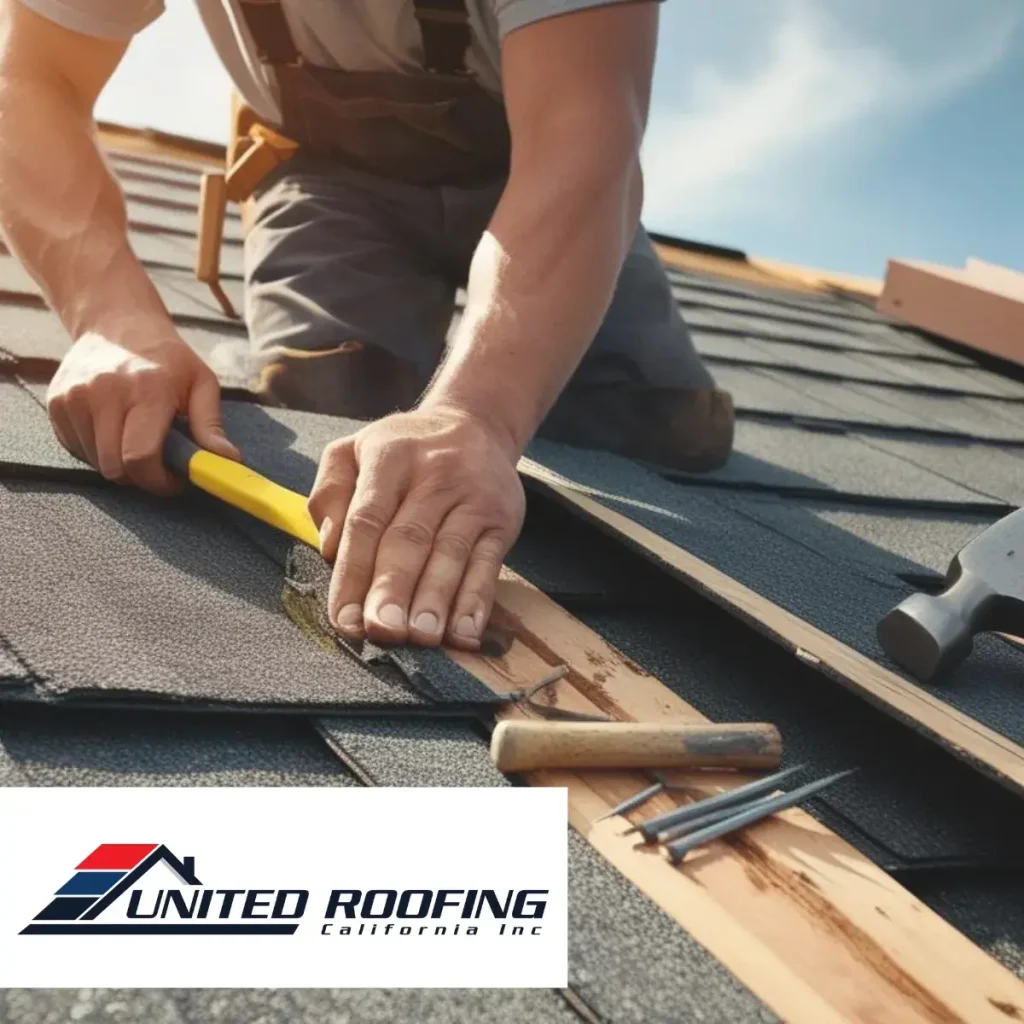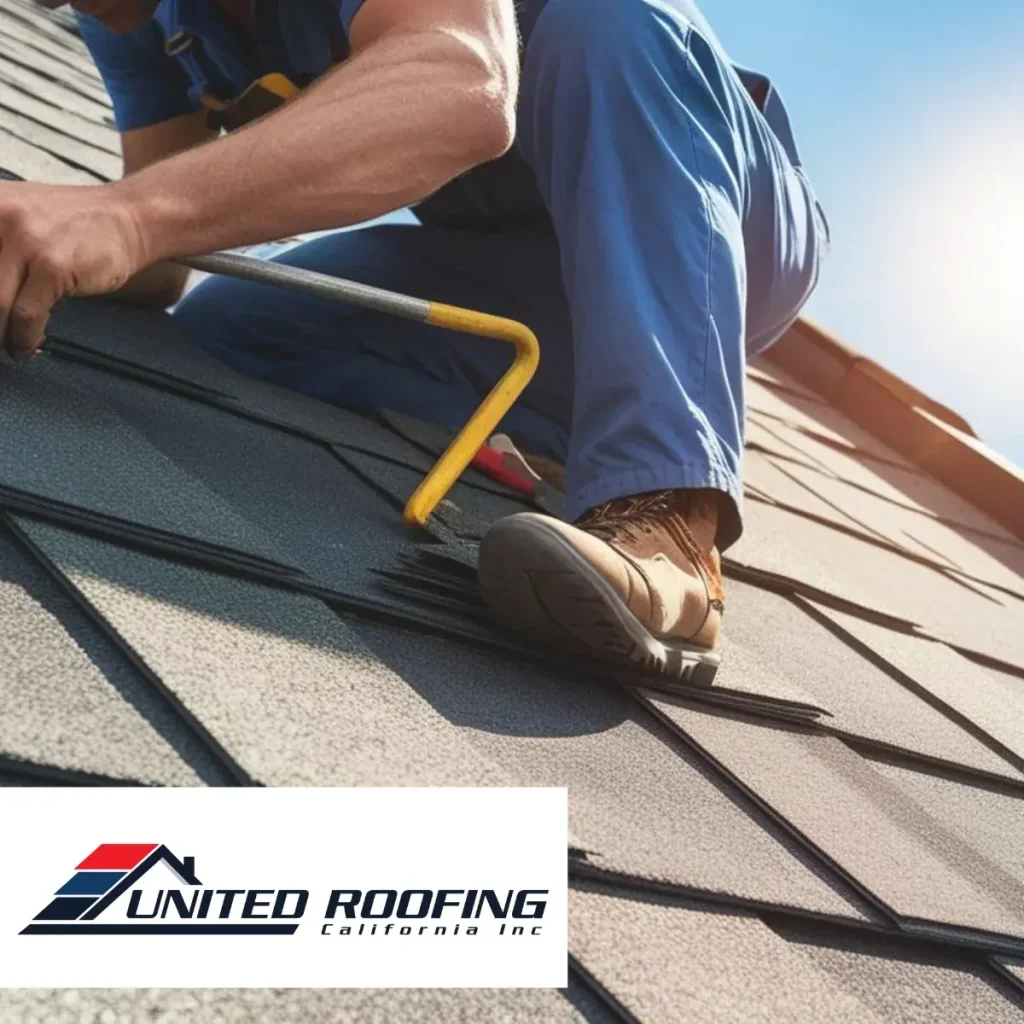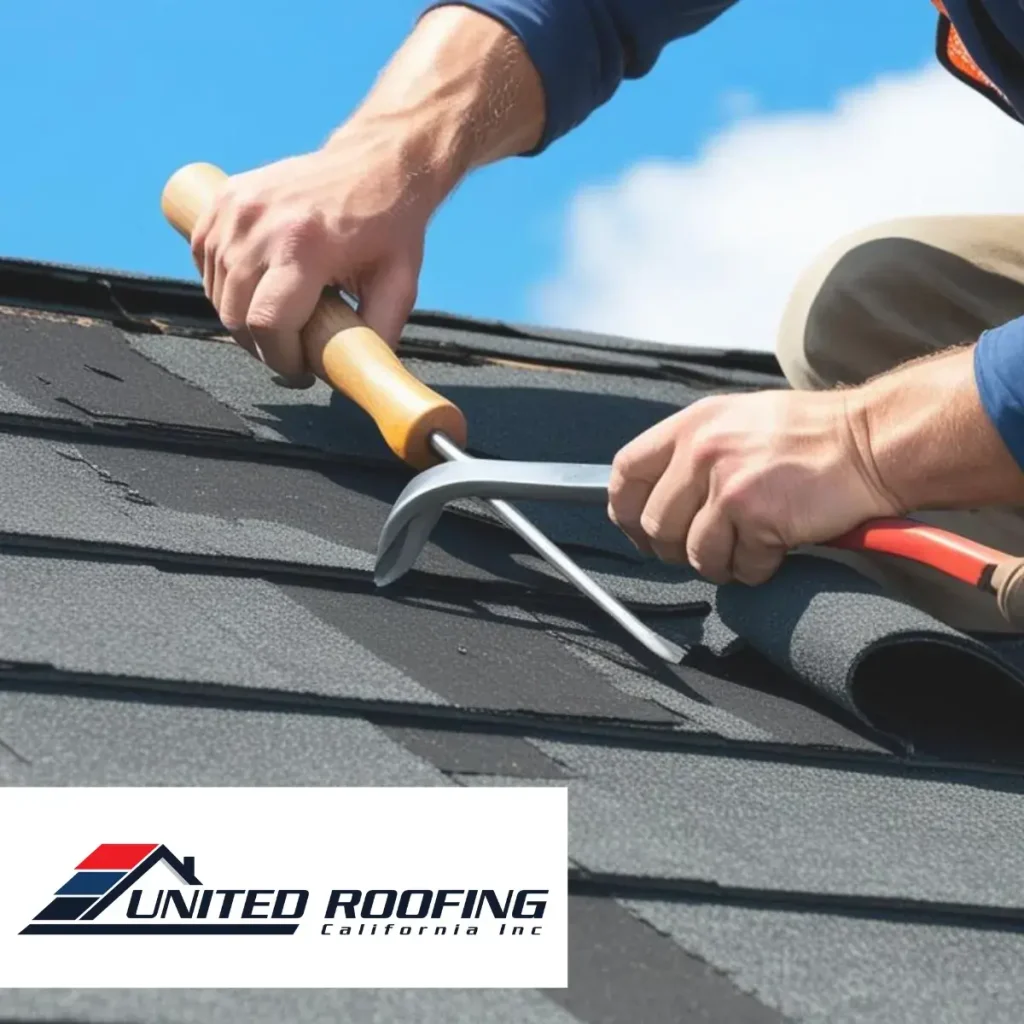Keeping a roof in top condition is essential for protecting your home from harsh weather, leaks, and structural damage. Small problems can quickly escalate if not addressed, leading to expensive repairs. Understanding key maintenance steps and identifying early warning signs can help homeowners avoid unnecessary costs and ensure their roof lasts for years.
Identifying Common Signs of Roof Damage
Visible wear and tear often signal underlying roofing issues. Missing shingles, cracked flashing, and sagging sections can indicate structural problems or water infiltration. Discoloration on ceilings or walls suggests leaks that may worsen if left untreated. Inspecting your roof after storms, high winds, or seasonal changes helps catch minor damage before it becomes a major concern. For more extensive issues, professional roofing repair ensures a thorough evaluation and the right solutions.
Addressing Leak Detection and Prevention
Roof leaks can cause mold growth, insulation damage, and weakened support structures. Water stains, damp attic spaces, or an unexplained musty smell often indicate moisture problems. Checking around chimneys, vents, and skylights can help pinpoint potential trouble spots. Applying sealants and replacing damaged shingles are temporary fixes, but for lasting protection, consulting experts in roofing repair can provide long-term solutions to prevent recurring leaks.
Maintaining Gutters and Drainage Systems
Clogged gutters and downspouts can lead to water accumulation on the roof, increasing the risk of leaks and rot. Regularly clearing out debris ensures proper water flow and prevents overflow that could damage the roof’s edge. Installing gutter guards can reduce buildup, while checking for sagging sections or misaligned drains keeps the system functioning properly. A well-maintained drainage system supports overall roof longevity and helps prevent costly repairs.
Inspecting Structural Integrity and Ventilation
Proper ventilation prevents heat and moisture buildup, which can weaken roofing materials over time. Poor airflow in the attic leads to mold growth, wood rot, and higher energy bills. Checking for blocked vents, damaged insulation, and uneven temperature distribution helps ensure a well-ventilated roof. Strengthening weak areas and reinforcing structural components enhances durability, keeping the roof in optimal condition year-round.
Regular maintenance and timely repairs play a crucial role in extending the life of any roof. By staying proactive and addressing minor issues before they escalate, homeowners can protect their investment and avoid unexpected damage. Partnering with experienced professionals guarantees that repairs are handled efficiently, ensuring long-term reliability and performance.
Learn More




